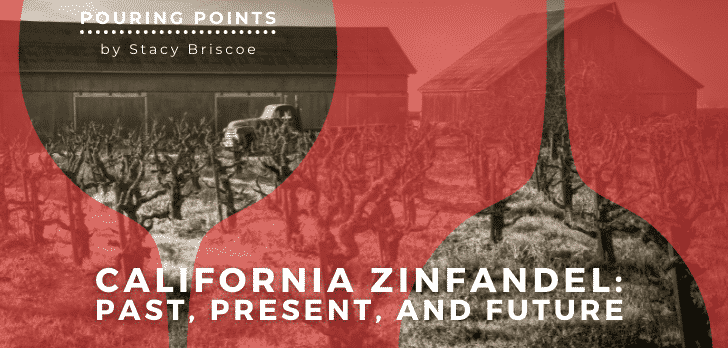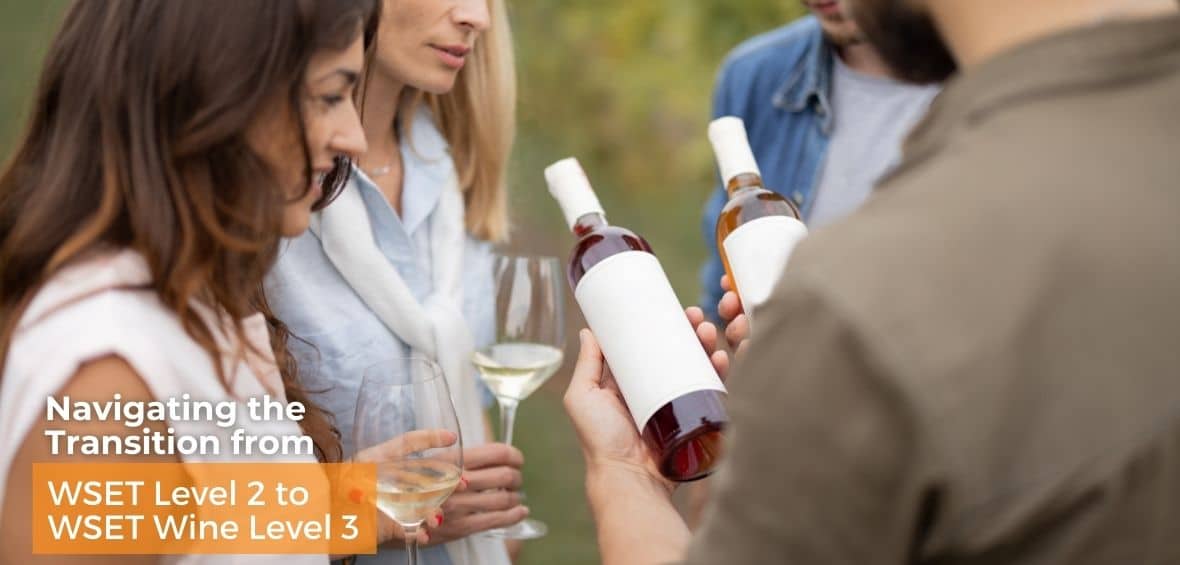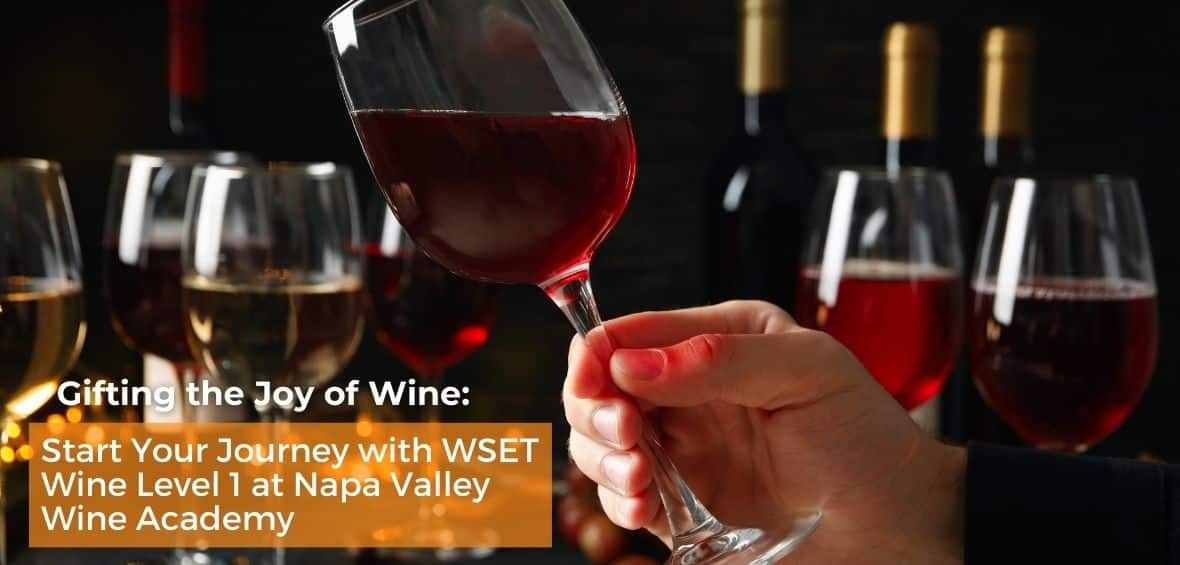California Zinfandel: Past, Present, and Future
Story by Stacy Briscoe
Zinfandel, California’s signature variety, is its heritage grape. The history is long and storied, indeed, but Zinfandel’s lost past was only recently found within the last 20 years, when Carole Meredith, Ph. D., a professor emerita at the Department of Viticulture and Enology at the University of California at Davis, pioneered research determining its Croatian roots.
“What’s unique to Zinfandel is that it managed to become an important wine grape here [in California] without any real connection to its European origins,” says Mike Hendry, vineyard manager and director of marketing and sales for Hendry Ranch Wines in Napa, Calif. “That came later as we learned more about it. But it’s a grape that earned its way on its merits alone—which is unusual in a lot of what we have.”
There are many versions of how Zinfandel came to California. “In fact, it turned out that the grape traversed the world to get to California,” says Joel Peterson, founder of Ravenswood and current owner and winemaker of Once and Future Wine in Glen Ellen, Calif. “It quickly became the most dominant grape—not because of its popularity, but because it was the right grape for the climate.” It fits California, Peterson says.
Zinfandel vines form tight clusters of thin-skinned grapes that are highly susceptible to rots and mildews. But California’s Mediterranean climate, with warm, dry weather that spans from early spring well into fall harvest, means disease pressure is less. Zinfandel is also less susceptible to other vine illnesses, such as Eutypa, a trunk disease that commonly affects Cabernet Sauvignon.
As to why it gained popularity in the early wine market, “Zinfandel made some of the best wine pre-prohibition,” says Peterson. “During prohibition, it became the grape of choice for home winemakers. It was really hard to screw up.”
It’s a vigorous, high-yielding variety, thus quality-conscious growers are methodical about removing excess clusters and shoot thinning early in order to maintain good vine balance.
“But for jug wine—it’s perfect,” Peterson says. “In fact, there was an article written by Charles Wetmore extolling the virtues of White Zinfandel—and this was in 1884. There was a place in Yolo County where vines produced so many grapes, they couldn’t even turn red so … White Zinfandel was a thing even before it was a thing.”
Much like Merlot’s 1990s-era stardom, Zinfandel became over popular, planted in many regions, including those less suitable to quality production. Thus, post-prohibition, and well into our modern era, Zinfandel gained a reputation as a commodity grape-producing commodity wines—and commanding commodity prices.
“When I sold my 1976 vintage in 1979, I put a $7.50 price tag on it. You should have heard the screams: ‘You can’t charge that much for Zinfandel!’ The average Zinfandel was selling for $3.50. It was ridiculous and, essentially, it was hard to make a living,” Peterson remembers. “One of the mandates became to plant grapes that would bring a higher bottle price so vineyards would be more profitable.”
Enter Bordeaux varieties. “Bordeaux wines sold for more money so, the thought was, if you could mimic those wines, you can justify charging more,” Peterson says.
The result: Cabernet was pushed as a more economically viable grape, becoming Napa’s staple. (“Ironically, it would have been famous for Petit Sirah,” Peterson comments.) Though Zinfandel was once Napa’s most widely planted grape, it now represents only 3 percent of Napa’s grape acreage.
“There are some other economic factors that are often overlooked,” Hendry says. “If you look at buying vineyard land in Napa today, you can’t afford to grow Zinfandel. If you’re paying for a vineyard, you’ll accumulate debt on that pretty quickly once you factor in farming and labor costs. Trying to pay for all of that, the only grape value that makes it possible is the price of Cabernet. You can’t do it selling Zinfandel. In fact, if you made reasonable estimates of farming costs and debt on farm land, banks will tell you to come back with a different plan.”
“One of the reasons we still grow it is because we can afford to,” Hendry continues. “My parents paid $11,000 for 120 acres in 1939. We can grow Chardonnay and we can grow Zinfandel—and a lot of people can’t do that whether or not they like the grapes … If you value a piece of land, the land should be valued by what it can produce in terms of a crop, not a product priced at land value. Right now, you get paid more to produce poor Cabernet than a quality Zinfandel.”
Much of California’s quality Zinfandel comes from old vines. Some original plantings can date back over 100 years. Hendry’s 26.5 acres of estate Zinfandel are 82 years old.
“Old vineyards, they’re overlooked a lot, but they matter. They’re an important part of our history and a link to where we’ve been,” Hendry says.
Today, according to both Hendry and Peterson, there are more single-vineyard-designated Zinfandels than any other variety in California. “Because of the specialness of those vineyards and because winemakers know that wine consumers care about those things,” Peterson says. “It’s increasingly rare with other wines,” adds Hendry. “We’ve lost that (sense of place) with a lot of other grapes.”
They are, admittedly, harder to farm. “Dry-farmed, head-trained vines are difficult to get tractors through; it’s harder to treat the tight clusters for diseases with any sprays. And the vines are only 18 inches off the ground—you walk around bent over suckering those for two days in a row, you’re going to feel it,” Hendry says. But for him, the hard work and extra labor are worth it. “Vines only get this old if they’re consistently producing something really good.”
Perhaps Zinfandel is due for a comeback. Hendry observes that the Cabernets of today are not the same style that popularized the variety: it’s become softer, more fruit-forward—qualities Hendry says Zinfandel produces naturally. “Cabernet is in a bit of a bubble,” Hendry says. “Wineries are beginning to experiment because it’s getting hard to sell Cabernet at these prices. And consumers are looking for ‘what’s next.’ Zinfandel is a safe bet—it’s a bit of a niche at just three percent of the acreage, but it’s a less competitive category.”
Zinfandel may offer an additional benefit to the future of the California wine industry. “It’s very tolerant of heat,” Peterson says. “If you were going to be on a grape variety given climate change, you wouldn’t bet on Pinot Noir or Cabernet which produce the best wines in a very narrow range of climatic conditions. Zinfandel has a broad range to produce good wines.”














